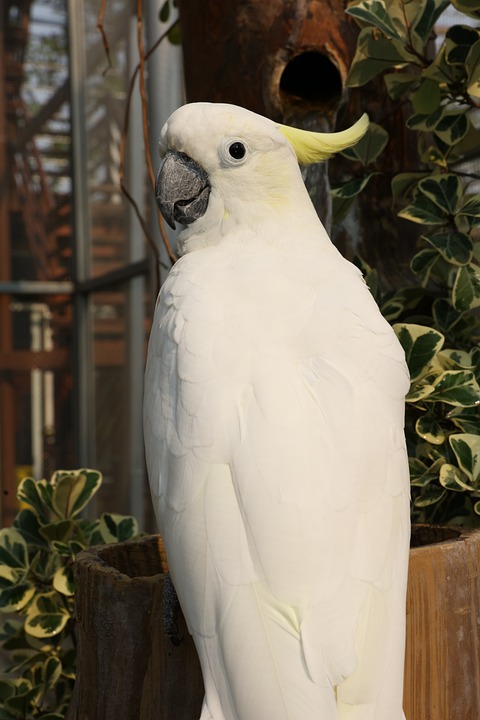Parrot training can sometimes be challenging when faced with reluctance or hesitancy from your feathered friend. However, by utilizing positive reinforcement techniques, you can address this reluctance and unlock new behaviors in your parrot. Positive reinforcement is a training technique that rewards desired behaviors, motivating your parrot to embrace new behaviors eagerly.
To address reluctance, it’s important to first understand the underlying causes. Parrots have their own unique personalities and preferences, and reluctance can arise from fear, lack of trust, or uncertainty about the desired behavior. By identifying the cause, you can tailor your training approach accordingly.
Creating a positive training environment is crucial to addressing reluctance. This involves building trust and encouraging confidence in your parrot. Spend quality time with your parrot, engage in gentle interactions, and offer treats as a sign of trust-building. Introduce new behaviors gradually, allowing your parrot to adjust at their own pace. Rushing can increase reluctance. Remain patient and consistent in your training sessions, setting achievable goals and celebrating small victories along the way. Avoid punishment or negative reinforcement techniques, as they can harm the trust you’ve built.
There are several positive reinforcement techniques you can utilize to encourage new behaviors. Clicker training is an effective way to mark desired behaviors, followed by an immediate reward. This helps your parrot associate the click with a positive outcome. Treat-based rewards also work well, where you offer your parrot their favorite treats as a reward for displaying the desired behavior. Verbal praise and affection are equally important, as parrots thrive on positive attention and respond well to encouraging words combined with gentle strokes or scratches.
Addressing reluctance in parrot training requires patience and consistency. The time required to address reluctance varies for each parrot, depending on factors such as their personality, past experiences, and the complexity of the behavior. If your parrot becomes scared or stressed during training, it’s important to pause and reassess the situation. Go back to familiar behaviors and gradually reintroduce the new behavior at a later stage. Never resort to punishment or negative reinforcement techniques, as they can damage the trust and bond you’ve established with your parrot. Experiment with different treats to find what your parrot responds to most positively.
In conclusion, using positive reinforcement techniques can effectively address reluctance in parrot training. By creating a positive training environment, building trust, and using rewards, you can unlock new behaviors in your parrot and strengthen your bond. Remember to be patient and consistent in your training sessions, as this journey of training and companionship requires time and effort.









